Leveraging Emotions in Your Facebook Ads for Better Results
Are you struggling to get results with your Facebook ads? Wondering how to create ads that convert? In this article, we’ll explore how marketers can embrace emotions in their ads to improve their results. Why Emotions Matter in Advertising...
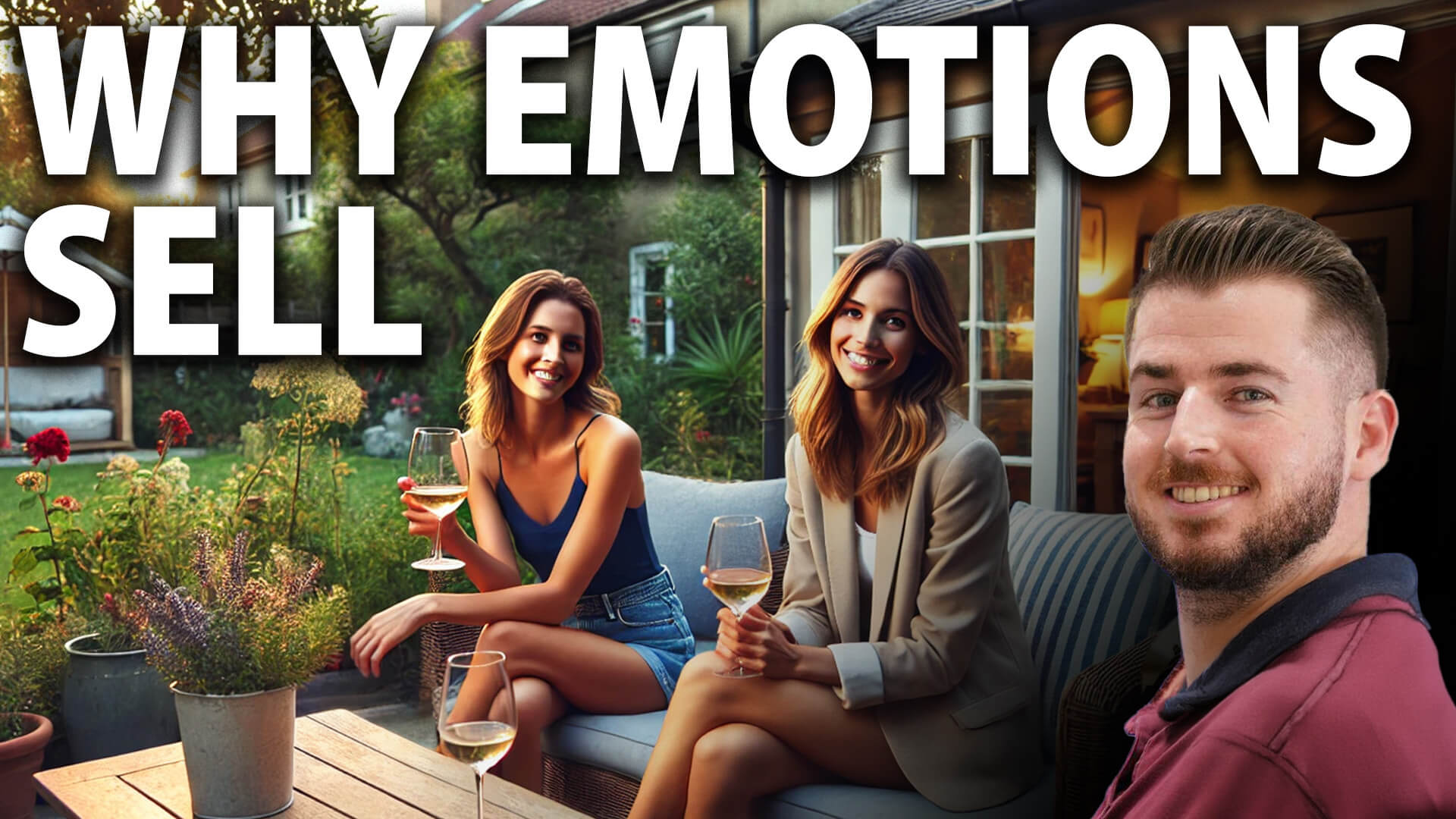
Are you struggling to get results with your Facebook ads? Wondering how to create ads that convert?
In this article, we’ll explore how marketers can embrace emotions in their ads to improve their results.
 This article was co-created by Nick Theriot and Michael Stelzner. For more about Nick, scroll to the end of this article.
This article was co-created by Nick Theriot and Michael Stelzner. For more about Nick, scroll to the end of this article.Why Emotions Matter in Advertising
Facebook advertising remains a crucial tool for businesses looking to reach their target audience. But with so many advertisers vying for attention, how can you make your ad campaigns stand out? Nick Theriot, founder of Theriot Solutions, believes the answer lies in tapping into emotions.
Many advertisers focus solely on the technical aspects of Facebook ads—campaign structure, targeting options, and bidding strategies. While these elements are important, Nick argues that the creative content of your ad is what truly captures a customer's attention.
“If we look at it from a customer perspective, the customer scrolling on social media, they don't see your CBO (campaign budget optimization) campaign, they don't see your engaged shopper interests, they don't see your bid cap,” Nick explains. “All they see is the creative that's put in front of them.”
The key to creating compelling ad creative is to tap into the emotional desires of your target audience. People aren't just looking to buy products—they're seeking emotional states and transformations. Whether it's feeling more loved, achieving financial freedom, or solving a problem faster or cheaper, the emotional outcome drives purchasing decisions.
For example, someone looking at workout supplements isn't just after the product itself. They may be seeking the confidence that comes with a fit physique or the sense of accomplishment from reaching their fitness goals.
By focusing on the emotional end state that customers desire, rather than just product features, you can create ads that truly resonate with your target audience.
How to Embrace Emotions in Your Facebook Ads
#1: Research Customer Emotions
Before you can craft emotionally compelling Facebook ads that convert, you need to understand what your target audience truly wants. There are three key research methods to uncover these emotional drivers:
Analyze Competitor AdsStart by looking at your competitors' Facebook ads, especially those that have been running for a long time, the last 6–12 months. Use Facebook's Ad Library to see which ads have endured. This tool lets you see all active ads from any Facebook page, giving you valuable insights into what's working in your market.
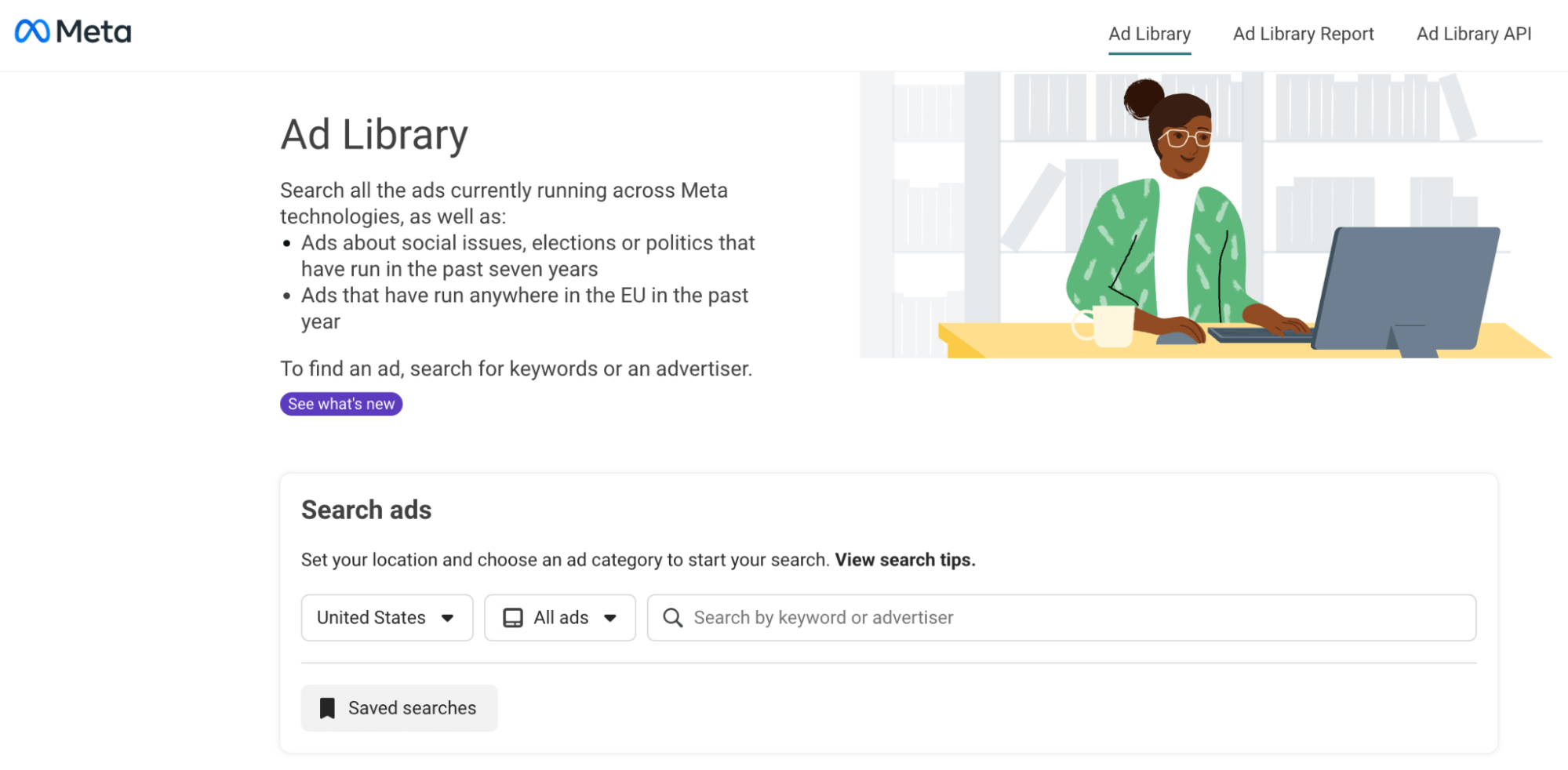
When analyzing competitor ads, pay attention to several key elements. First, look at the desired emotional state they're focusing on. Are they emphasizing energy and vitality, or perhaps relaxation and stress relief? Next, examine the visuals they use. Are they showing gym settings, home environments, or lifestyle imagery? Take note of the types of people featured in the ads—this can give you clues about their target demographic. Finally, study the hooks (large text on visuals) and key messages they use to grab attention.
Look for 3–6 different angles or ways competitors position similar products. This gives you a starting point for your own ad concepts. For example, if you're selling an energy drink, you might notice some competitors focusing on pre-workout energy boosts while others emphasize all-day productivity. These different angles can inspire your own unique positioning.
Mine Your Own Assets
If you're already running ads or have an established brand, look at your existing content for insights. This could include customer comments, reviews, or social media interactions. Nick shares an example where his team found inspiration in Facebook ad comments:
Curious About How to Use AI?
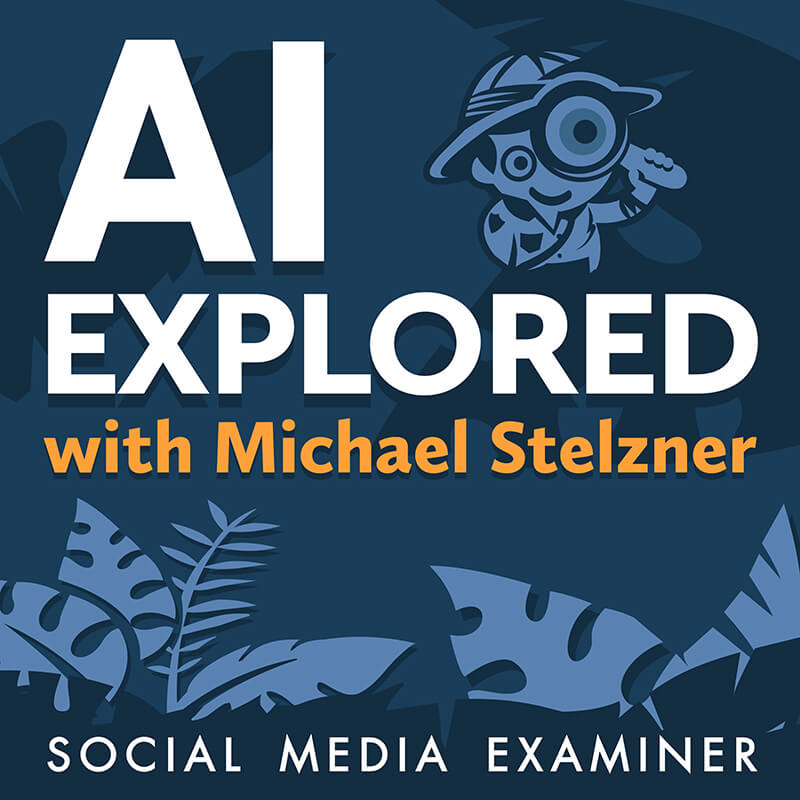
We recently launched a new show that help marketers, creators, and entrepreneurs understand the business applications of AI.
It's hosted by Michael Stelzner and explores this exciting new frontier in easy-to-understand terms.
Pull up your favorite podcast app and search for AI Explored. (Look for the cover art shown to the right.) Or click the button below for more information.
“We found this one angle for one client that took them from about $150K a month to topping out about $2.5 million a month in revenue. Literally, all we did was find two girls that tagged each other and said, ‘Girls night soon?'”
This simple comment sparked an entire ad campaign positioning the product (a paint-by-numbers kit) as the perfect addition to a fun girls' night in. By focusing on the social and fun aspects of using the product rather than just the product itself, they tapped into a powerful emotional desire for connection and enjoyment.
Analyze Competitor Reviews
Look at similar product reviews, especially on 2–3 star reviews. These mid-range reviews often provide the most detailed and constructive feedback. Five-star reviews tend to be overly positive without much detail, while one-star reviews may be too negative to be useful.
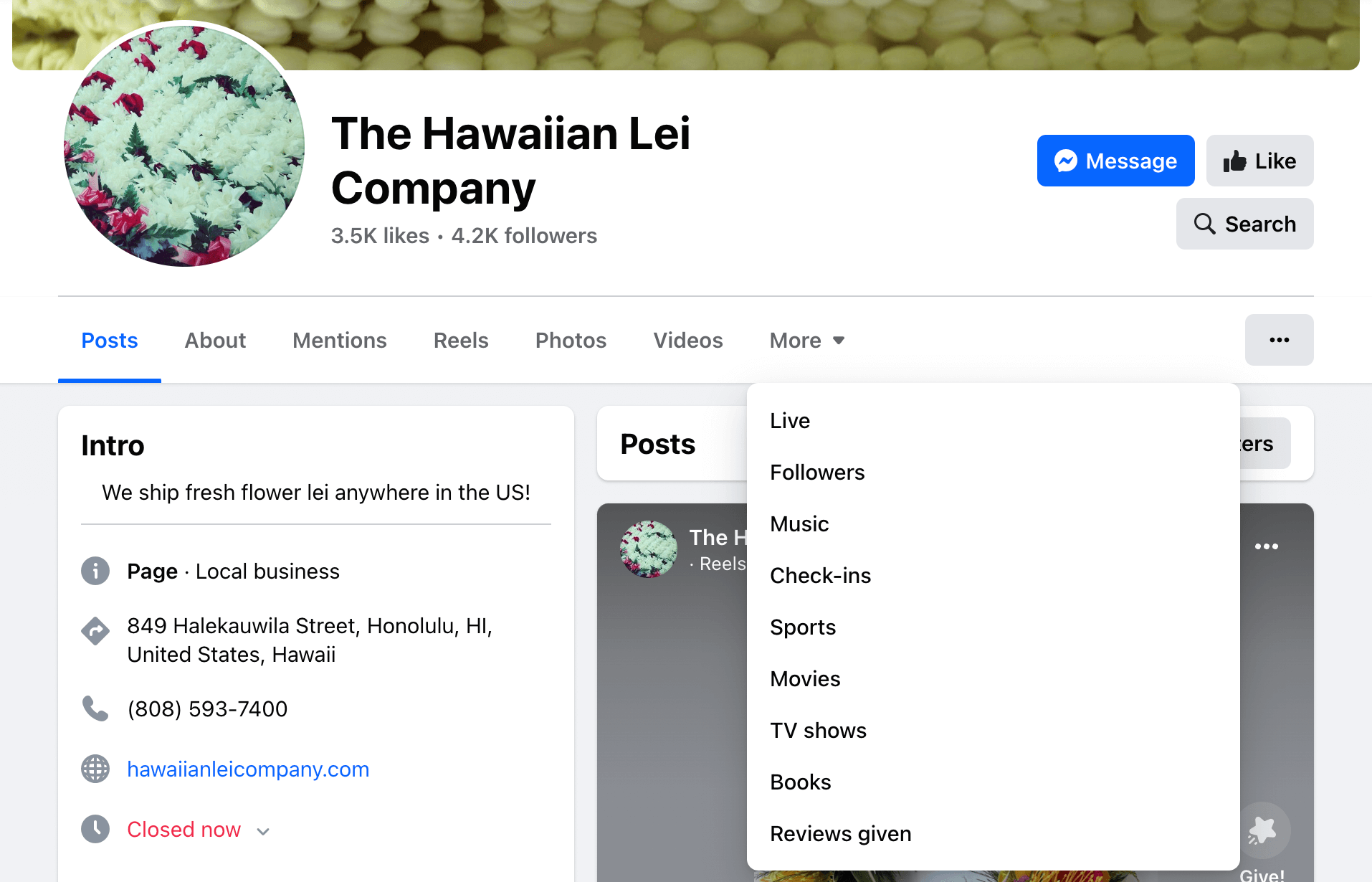
When examining these reviews, pay attention to common complaints or dissatisfactions. What features do customers wish the product had? What problems did the product not fully solve? Understanding these pain points allows you to position your product as the solution customers seek.
For example, every year, Apple focuses on three main features of its iPhone: screen size, battery life, and camera quality. Why? Because these are the areas where customers consistently express dissatisfaction with their current phones. By addressing these pain points directly, Apple creates ads that resonate with their audience's desires.
#2: Craft Emotionally Resonant Ad Copy
Once you've identified the key emotional drivers for your audience, it's time to craft your ad copy. First, start with a strong hook that speaks directly to the customer's desires.
For example, if you're selling a painting kit for at-home activities, your hook might be: “This is for my girlies who want a fun Girls' Night soon!”
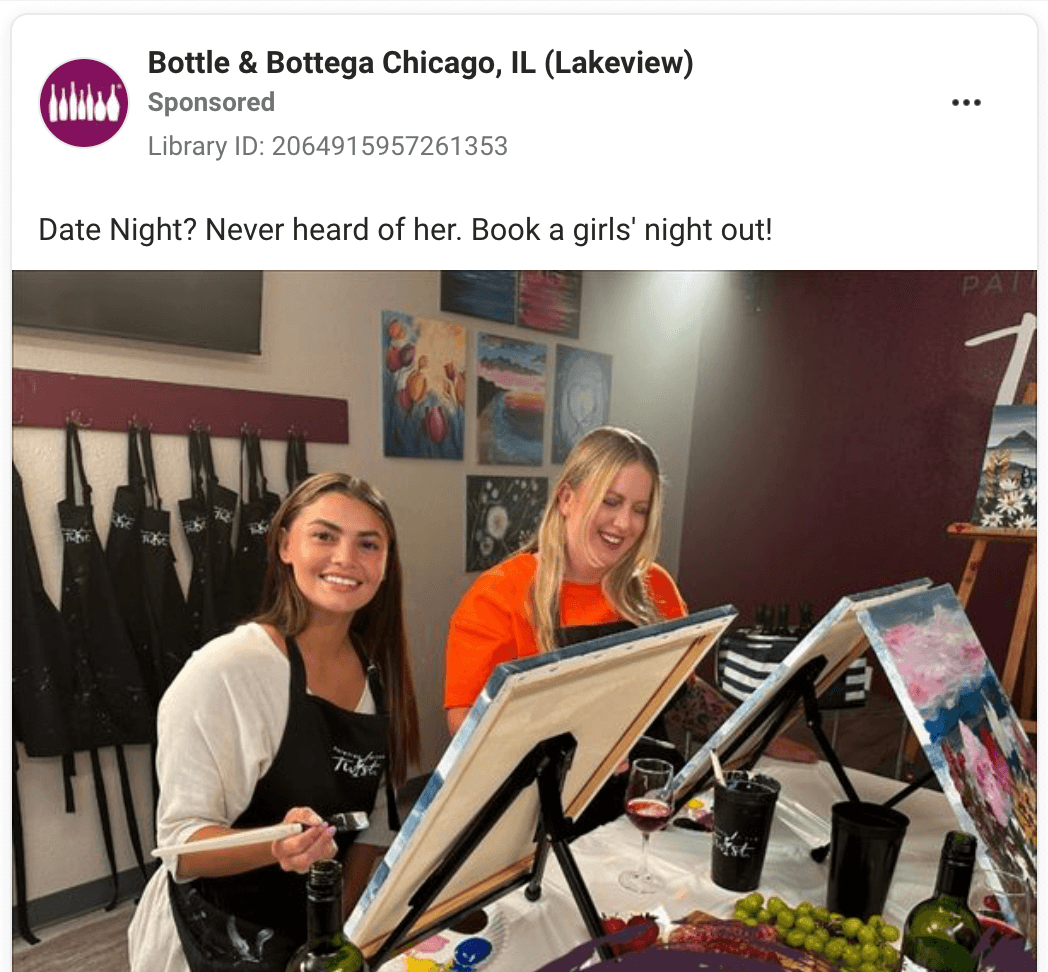
This hook immediately speaks to the desire for connection, fun, and an escape from everyday stress—emotions beyond the product itself. It also clearly defines the target audience, making the ad more relevant to those who see it.
After the hook, write the ad from a first-person perspective, as if you're sharing your own experience with the product. This creates a more relatable, authentic feeling. Describe how the product helped you achieve the desired emotional state.
For example: “I recently did this on my last girls' night, and it was such a hit! We opened bottles of wine, talked about our week, and had a blast painting together. It was the perfect way to unwind and connect with my friends.”
This approach allows you to showcase the product in the context of the emotional experience it provides. You're not just selling a painting kit—you're selling a fun, relaxing night with friends.
Ready to Supercharge Your Marketing Strategy?
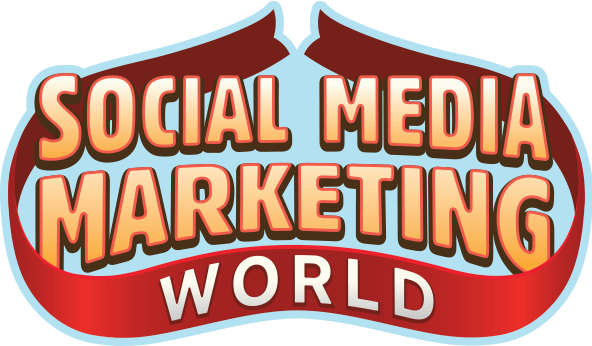
Get expert training and an unbeatable conference experience when you attend Social Media Marketing World—from your friends at Social Media Examiner.
Broaden your reach, skyrocket your engagement, and grow your sales. Become the marketing hero your company or clients need!
🔥 As a valued reader, you can save 50% on an All-Access or Virtual ticket if you act now. Sale Ends Wednesday! 🔥
Structure Your Ad Visuals
With your copy in place, it's time to plan your visuals. Go through your ad copy line by line and ask yourself, “How can I visually articulate this text?”
For the girls' night example, you might show:
A group of women laughing and sipping wine Friends gathered around a table with painting supplies Close-ups of people enjoying the painting process The finished paintings and proud creatorsThe key is to visually reinforce the emotional journey you're describing in the copy. Show the process of using the product and its emotional payoff.
It's important to focus on visual storytelling. Many advertisers focus too much on the product itself, showing it in isolation or with generic stock imagery. Instead, show the product in use in a context that clearly demonstrates its emotional benefit.
Balancing Emotion and Product
While emotional appeal is crucial, you still need to showcase your product. Use this general structure for video ads:
First 3–10 seconds: Show the desired emotional state/outcome Middle section: Demonstrate how your product helps achieve that state Final section: Clear call to action to purchaseFor image ads, consider showing both the emotional end state (e.g., friends having fun) and the product in use. The goal is to create a clear connection between the emotional desire and your product as the solution.
Be sure to lead with the emotional state or desired outcome rather than leading with the product. By first showing what the customer wants, you grab their attention and create a connection. Only then do you introduce your product as the means to achieve that desired state.
Standing Out in a Competitive Market
If you're in a crowded market, how can you differentiate your Facebook ads? Here are three approaches to help your ads stand out:
Introduce a New Mechanism
Develop or showcase a unique way to use your product or achieve results. This could be a new technique, an innovative feature, or a novel application of your product. For example, Nick positions his “emotion baiting” technique as a new mechanism for creating high-converting ad creative. This gives him a unique angle in the crowded field of Facebook advertising experts.
Another example is the strategy popularized by Charley Tichenor IV (CT Disruptor), which uses broad targeting with dynamic ads. By introducing this new mechanism for Facebook ad success, Charley differentiated himself in the market.
Do Existing Strategies Better
If you can't create something entirely new, focus on executing common strategies more effectively than your competition. This could mean achieving better results, providing more comprehensive support, or offering a more refined product.
For instance, if others in your market promise a 2X return on ad spend, showcase how you can achieve 4X. If competitors offer a certain level of customer service, highlight how your support goes above and beyond. The key is to take an existing concept that customers already understand and show how you do it better.
Target a Specific Identity
Narrow your focus to a specific subset of your market. This approach, which Nick calls “identity marketing,” involves positioning your product or service for a very specific type of customer.
For example, Nick repositioned his coaching program from general Facebook advertisers to specifically target Shopify store owners doing at least $10K a month in sales. This allowed him to double his prices (from $500 to $1K per month) and attract higher-quality clients who were easier to work with and got better results.
By niching down, you can create more tailored messaging and offerings. This often allows you to charge premium prices and work more efficiently. However, be careful not to niche down too early. When your market isn't large enough, it can limit your growth. It's a strategy that requires careful consideration and testing.
Practical Tips for Implementing Emotionally Resonant Facebook Ads
As you start applying these emotional advertising techniques, keep these tips in mind:
Test both video and image ads. Nick finds success with both ad formats, so experiment to see what works best for your audience. Video can be particularly effective for demonstrating how a product works or showcasing an emotional transformation. However, well-crafted image ads can also be highly effective and may be quicker to produce.
Focus on creating belief. Your visuals should clearly demonstrate how your product delivers the desired emotional outcome. For example, let's say you're selling a super-strong phone case. While you could create a static image ad claiming it's the strongest case, a video ad showing the phone surviving a 100-foot drop would be far more convincing.
Be specific in your targeting. When using identity-based marketing, clearly define who your ad is for. This makes your ad more relevant to those who see it and can improve engagement rates. For example, “This is for Shopify store owners doing at least $10K a month in sales” is much more specific and compelling than a general ad for eCommerce business owners.
Don't neglect technical aspects. While we've focused on creative, remember that proper campaign structure, targeting, and bidding are still important for ad performance. Nick recommends using broad targeting with dynamic ads, as popularized by CT Disruptor, as an effective technical strategy to pair with emotionally resonant creative.
Continuously research and refine. Customer desires and market trends change over time. Regularly revisit your research to keep your ads fresh and relevant. This might involve analyzing new competitor ads, revisiting customer comments and reviews, or testing new angles based on current events or trends in your industry.
Other Notes From This Episode
Connect with Michael Stelzner @Stelzner on Instagram and @Mike_Stelzner on X. Watch this interview and other exclusive content from Social Media Examiner on YouTube.Where to subscribe: Apple Podcasts | Spotify | YouTube Music | YouTube | Amazon Music | RSS
✋🏽 If you enjoyed this episode of the Social Media Marketing podcast, please head over to Apple Podcasts, leave a rating, write a review, and subscribe.
Stay Up-to-Date: Get New Marketing Articles Delivered to You!
Don't miss out on upcoming social media marketing insights and strategies! Sign up to receive notifications when we publish new articles on Social Media Examiner. Our expertly crafted content will help you stay ahead of the curve and drive results for your business. Click the link below to sign up now and receive our annual report!
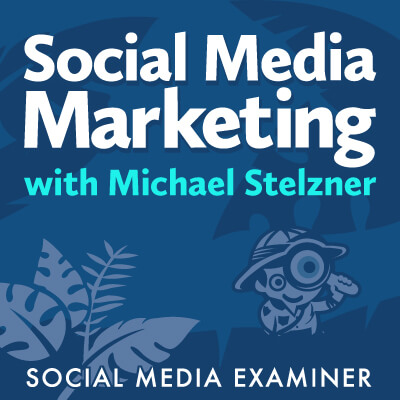
Discover Proven Marketing Strategies and Tips
Want to go even deeper with your marketing? Check out the Social Media Marketing Podcast! Publishing weekly since 2012, the Social Media Marketing Podcast helps you navigate the constantly changing marketing jungle, with expert interviews from marketing pros.
But don’t let the name fool you. This show is about a lot more than just social media marketing. With over 600 episodes and millions of downloads each year, this show has been a trusted source for marketers for well over a decade.

 Fransebas
Fransebas 









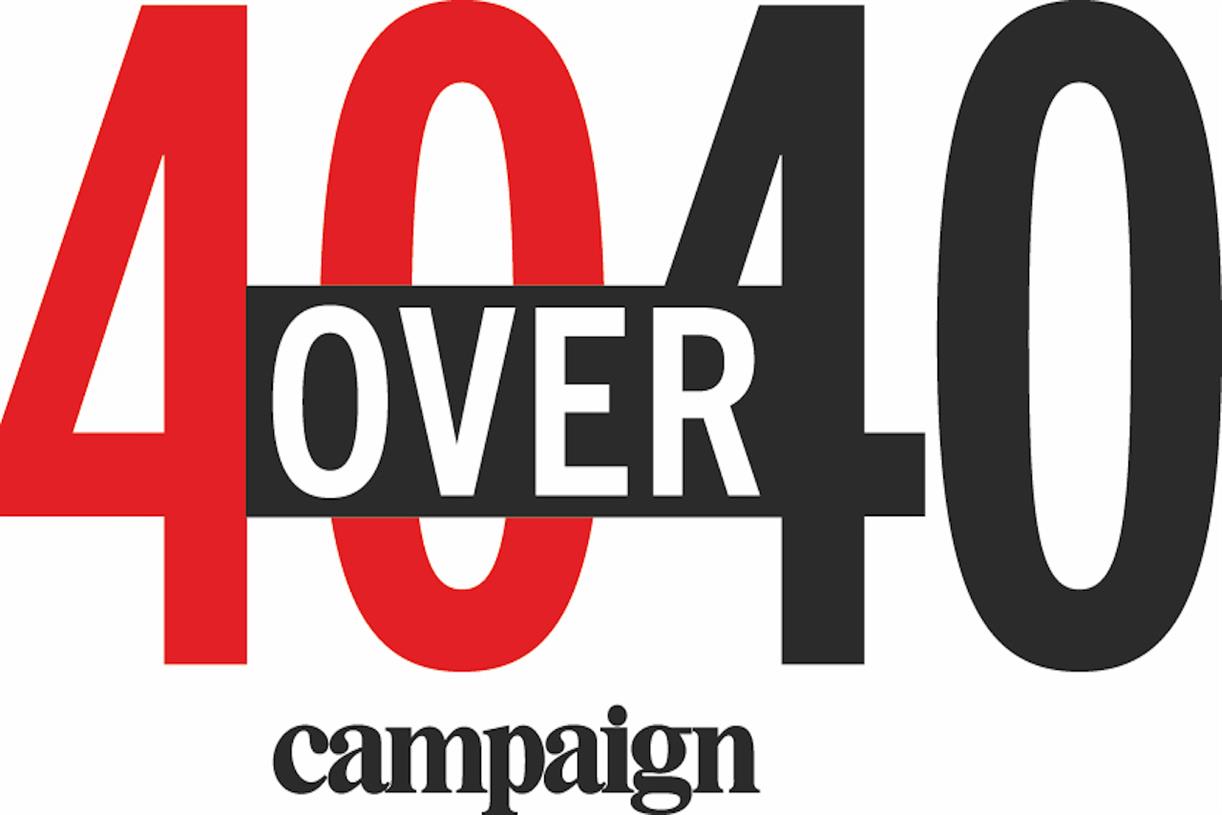
![How to Calculate Marketing ROI [+Free Excel Templates]](https://blog.hubspot.com/hubfs/Marketer%20calculating%20ROI%20in%20marketing%20from%20free%20Excel%20templates.jpg#keepProtocol)

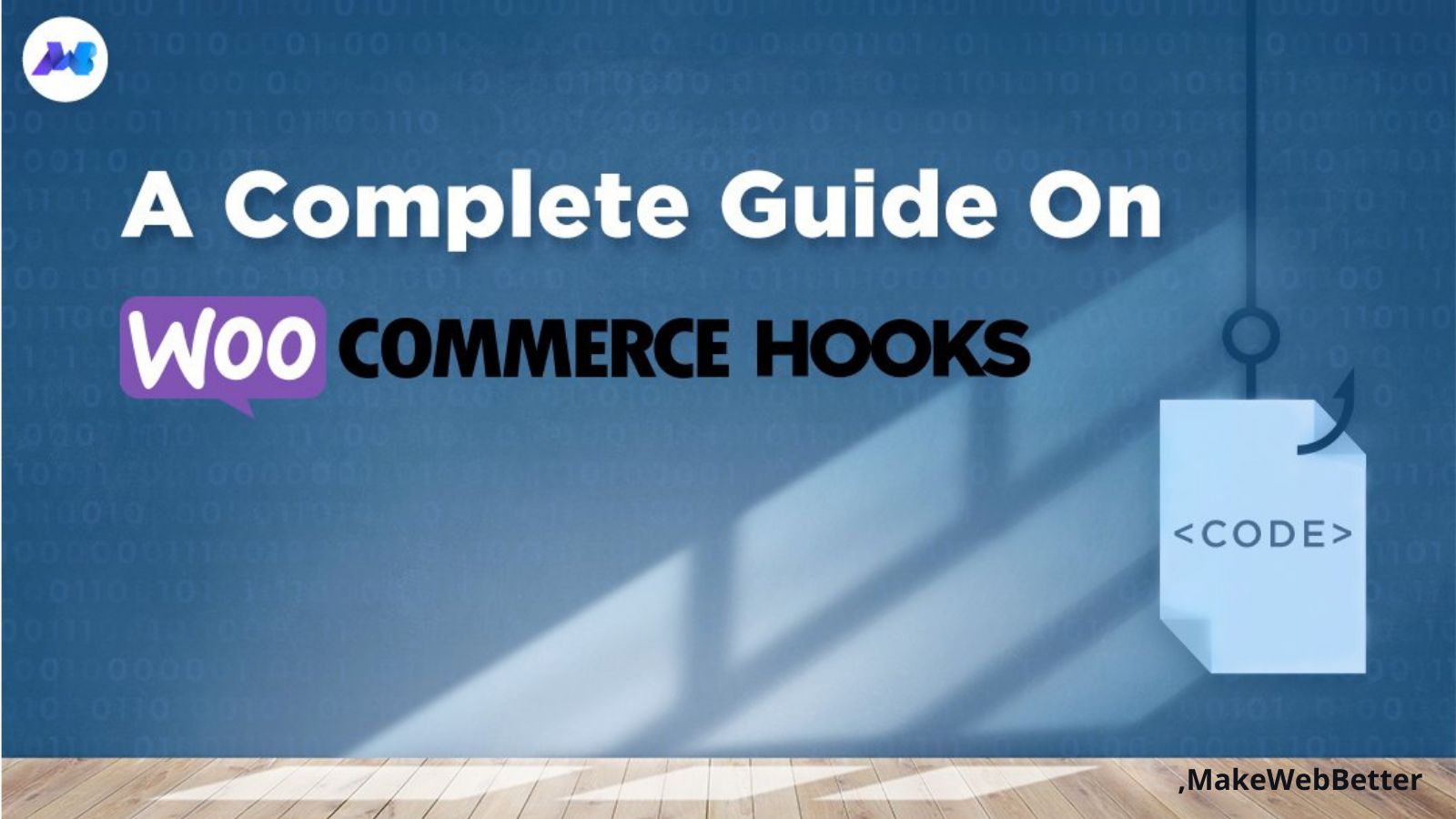














.jpeg?trim=0,0,0,0&width=1200&height=800&crop=1200:800)


